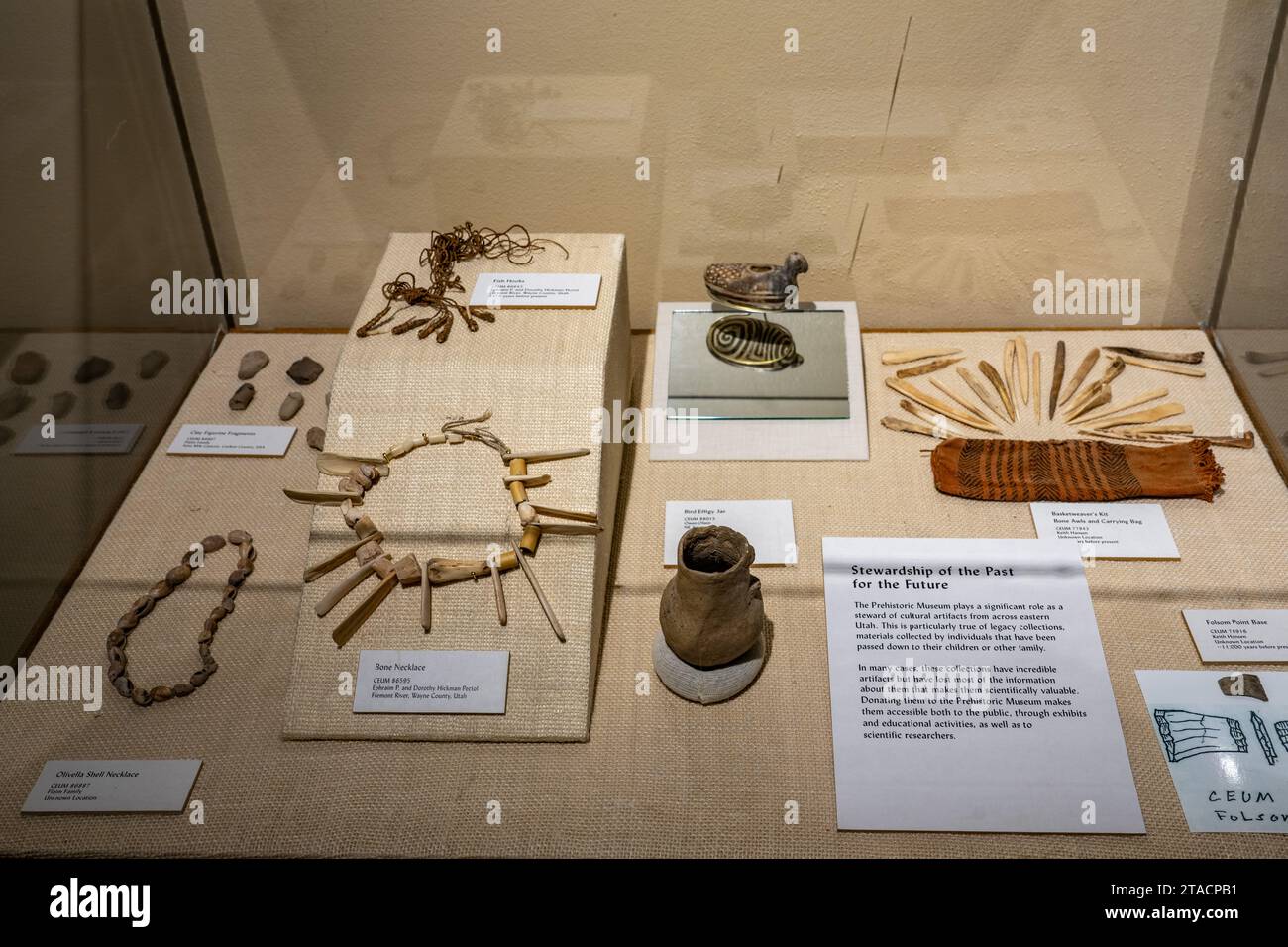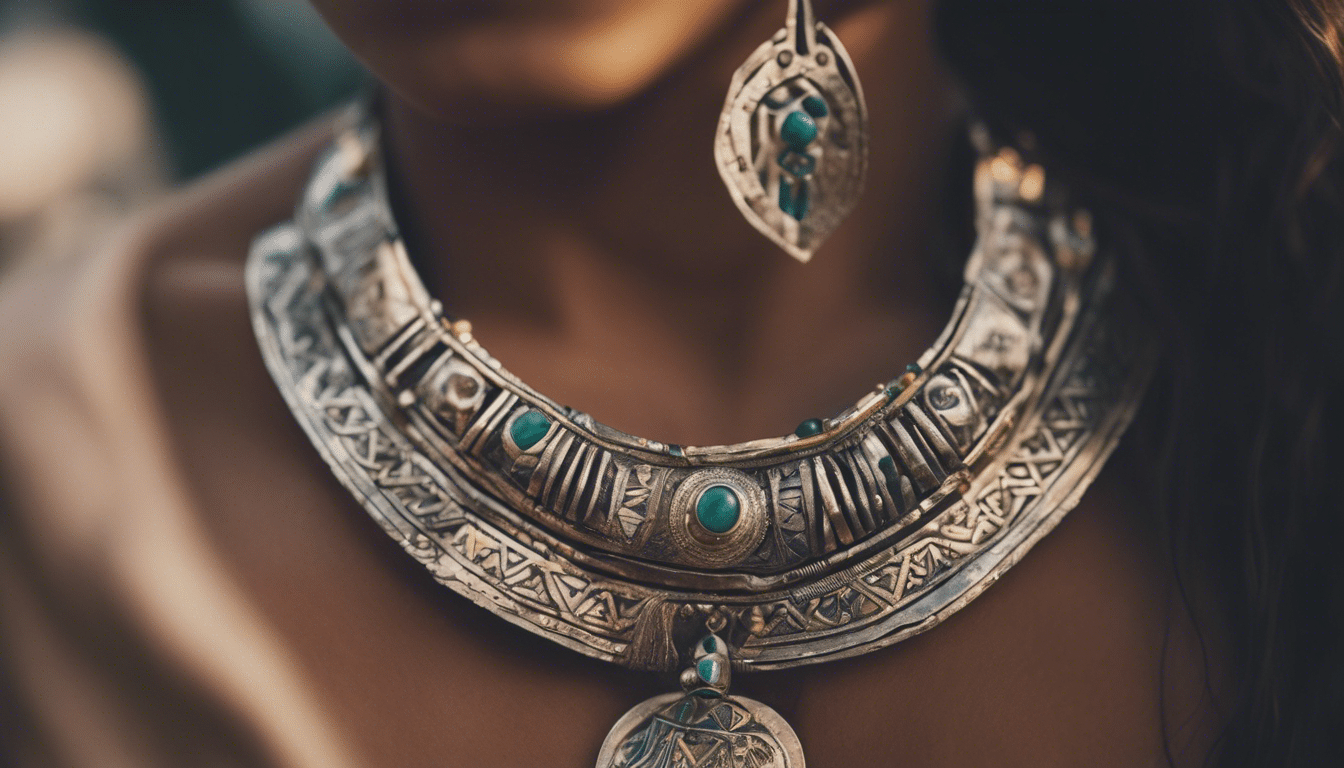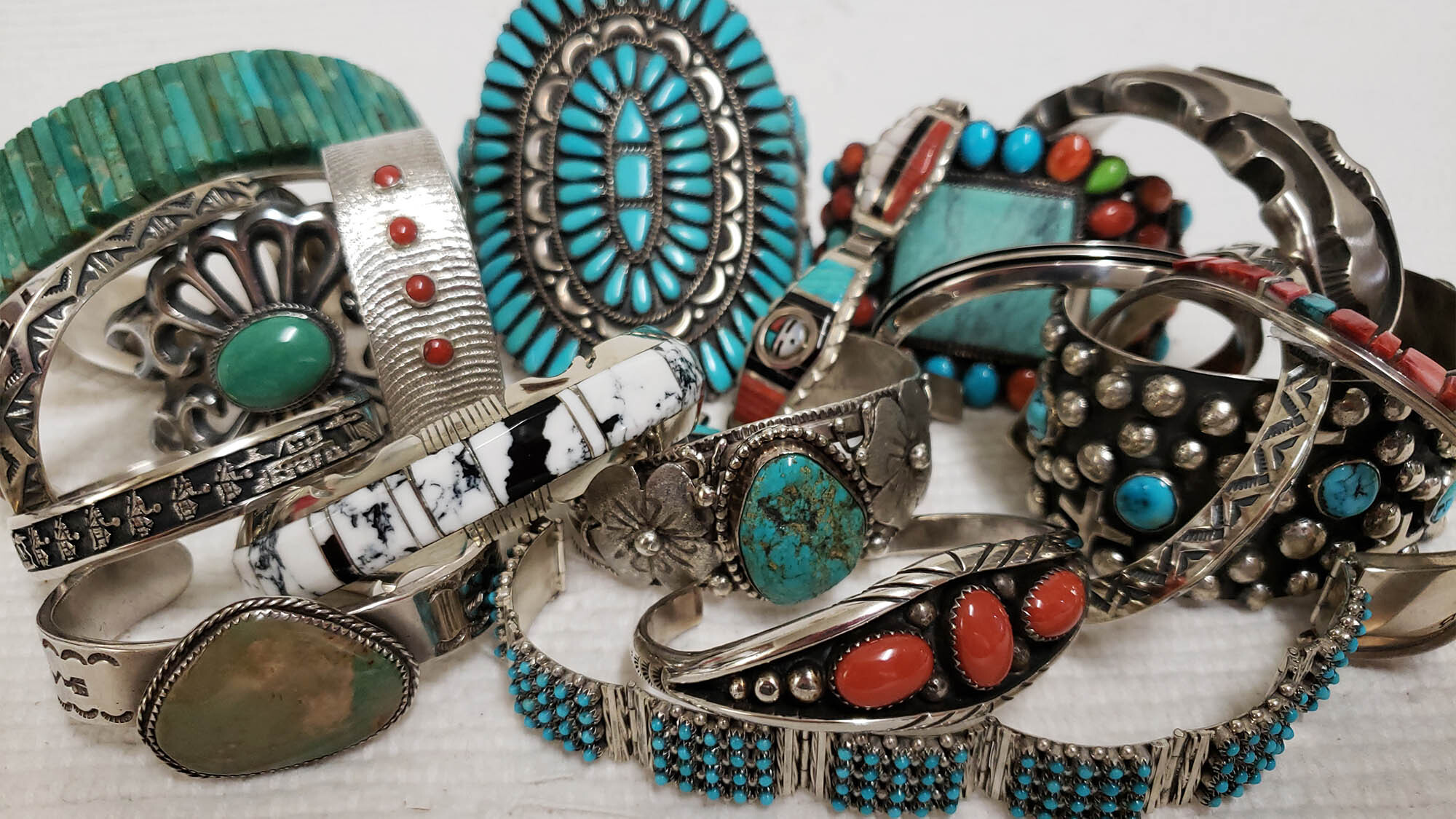
Indigenous Jewelry Making Traditions: A Deep Dive into Exhibition and Cultural Preservation
Indigenous jewelry making traditions represent a profound intersection of art, culture, spirituality, and identity across diverse global communities. Far more than mere adornment, these pieces are tangible manifestations of ancestral knowledge, sacred narratives, social hierarchies, and deep connections to the land and cosmos. Exhibits dedicated to Indigenous jewelry offer invaluable opportunities to explore these rich traditions, challenging simplistic notions of "primitive art" and instead presenting complex systems of belief, sophisticated craftsmanship, and enduring cultural resilience. This article delves into the multifaceted aspects of Indigenous jewelry making traditions and their exhibition, emphasizing the educational, preservation, and decolonizing imperatives inherent in their display.
The Essence of Indigenous Jewelry: Beyond Adornment
To understand the significance of exhibiting Indigenous jewelry, one must first grasp its inherent meaning and function within its originating cultures. Unlike much Western jewelry, which often prioritizes aesthetic value or material wealth, Indigenous jewelry is imbued with layers of cultural significance:
-
Spiritual and Ceremonial Significance: Many pieces serve as amulets, talismans, or ritual objects, connecting the wearer to ancestors, spirits, or divine forces. They may be worn during ceremonies, rites of passage, or for protection, embodying prayers, blessings, or symbolic power. The specific materials used often hold inherent spiritual properties or represent particular deities or natural phenomena.
-
Identity and Social Markers: Jewelry frequently communicates an individual’s identity within their community—their clan, lineage, marital status, age grade, or achievements. It can signify leadership, shamanic power, warrior status, or membership in specific societies. The designs, materials, and methods of wear are often codified and understood within the cultural context.
-
Historical and Narrative Records: Indigenous jewelry can be a form of mnemonic device, encoding historical events, myths, oral traditions, and cosmological knowledge. Patterns, symbols, and motifs often tell stories, represent clan crests, or depict significant cultural narratives passed down through generations.
-
Connection to Land and Environment: The materials used in Indigenous jewelry are almost invariably sourced from the local environment—shells, bone, wood, seeds, feathers, stones, metals, and plant fibers. This direct connection to the land imbues the jewelry with a sense of place and reinforces the intimate relationship between the people and their territory. The procurement of materials often involves respectful protocols and sustainable practices.
-
Economic and Trade Value: Historically, certain materials and finished jewelry pieces served as valuable commodities in extensive trade networks, facilitating cultural exchange and economic prosperity among different groups. Post-contact, the economic dimension has often shifted, with jewelry becoming a means of income generation, albeit sometimes fraught with challenges related to appropriation and market pressures.


Materials and Techniques: A Tapestry of Ingenuity
The diversity of Indigenous jewelry traditions is reflected in the astonishing array of materials and techniques employed. From the Arctic to the Amazon, the Australian Outback to the Pacific Islands, artists have demonstrated remarkable ingenuity in transforming natural resources into objects of beauty and power:
- Organic Materials: Bone, antler, teeth, and claws from animals; shells (conus, abalone, wampum) from marine environments; wood, seeds, nuts, and fibers from plants; feathers from birds; and leather or hides, all form the foundation for countless jewelry pieces. These are often carved, polished, drilled, strung, or woven.
- Stones and Minerals: Turquoise, jade (pounamu), obsidian, pipestone (catlinite), quartz, and various semi-precious stones are meticulously carved, polished, and inlaid. The specific properties and colors of these stones often hold deep symbolic meaning.
- Metals: While less common pre-contact in some regions, copper was worked in parts of North America (e.g., Northwest Coast) and South America. Following European contact, silver and gold became prominent in many traditions, particularly among the Navajo and Zuni peoples, who adapted European silversmithing techniques to create distinct Indigenous styles incorporating native stones like turquoise.
- Beads: Naturally occurring beads (shells, seeds) were augmented by glass trade beads introduced by Europeans. These colorful beads became central to many traditions, particularly among Plains, Woodlands, and Great Lakes Indigenous peoples, used in intricate loom work, lazy stitch, and appliqué techniques.
The techniques are equally diverse, including carving, drilling, grinding, polishing, weaving, plaiting, knotting, beading, inlay, metalworking (stamping, repoussé, casting, soldering), and pigment application. Each technique is often passed down through generations, embodying specific knowledge systems and cultural aesthetics.
The Role of Exhibits in Preserving and Presenting Traditions
Exhibiting Indigenous jewelry is a critical undertaking that serves multiple, interconnected purposes:
-
Educational Imperative: Museum and gallery exhibits provide a vital platform for educating the public about the richness, complexity, and diversity of Indigenous cultures. They challenge monolithic stereotypes, fostering greater understanding and appreciation. By contextualizing jewelry within its cultural framework, exhibits help visitors move beyond a superficial aesthetic appreciation to a deeper grasp of the pieces’ spiritual, social, and historical significance.
-
Cultural Preservation and Revitalization: For many Indigenous communities, exhibits are instrumental in preserving knowledge and inspiring the revitalization of traditional practices. By showcasing historical pieces, they provide contemporary artists with access to designs, techniques, and narratives that might otherwise be lost. Collaborative exhibits can also document living traditions, ensuring their continuity.
-
Decolonizing the Narrative: Historically, many museum collections of Indigenous art were amassed through colonial practices, often decontextualized, mislabeled, or presented through a Western ethnographic lens that emphasized the "exotic" or "primitive." Contemporary exhibits strive to decolonize this narrative by:
- Centering Indigenous Voices: Collaborating directly with Indigenous artists, curators, elders, and communities in all stages of exhibition development, from concept to interpretation. This ensures accurate representation and respect for cultural protocols.
- Challenging Western Art Hierarchies: Presenting Indigenous jewelry not as "craft" or "ethnographic artifact" but as sophisticated art forms with their own distinct aesthetic principles and cultural value systems.
- Addressing Repatriation and Ownership: Engaging in ongoing dialogues about the ethical acquisition of objects and, where appropriate, facilitating the repatriation of culturally sensitive or sacred items.
- Highlighting Resilience and Agency: Showcasing how Indigenous jewelry traditions have adapted, evolved, and persisted despite colonial pressures, demonstrating cultural resilience and ongoing artistic innovation.
Key Considerations and Best Practices in Exhibiting
Effective and ethical exhibition of Indigenous jewelry demands careful consideration and adherence to best practices:
-
Authenticity and Context: Each piece must be presented with accurate historical, cultural, and material information. Labels and interpretive texts should provide context regarding the piece’s function, symbolism, and the community from which it originates. Avoiding decontextualization is paramount.
-
Ethical Curation and Collaboration: Genuine partnerships with Indigenous communities are essential. This includes respecting intellectual property rights, seeking consent for display, and ensuring that communities benefit from the exhibition (e.g., through shared revenue, artist workshops, or educational programs). Co-curation models, where Indigenous voices are integral to the interpretive process, are increasingly becoming the standard.
-
Respect for Sacred Objects: Some Indigenous jewelry pieces are sacred or ceremonial and may not be appropriate for public display, or may require specific protocols for handling and viewing. Curators must consult with communities to understand and respect these sensitivities.
-
Representing Dynamism vs. Static "Tradition": It’s crucial to present Indigenous jewelry as a living, evolving art form, not as something confined to the past. Exhibits should ideally feature both historical and contemporary works, demonstrating continuity, innovation, and the ongoing creativity of Indigenous artists. This counters the harmful "vanishing race" narrative.
-
Accessibility and Engagement: Exhibits should be designed to be accessible to diverse audiences, incorporating multiple interpretive strategies such as audio-visual elements, interactive displays, and artist talks. Engaging Indigenous community members as guides or educators can further enrich the visitor experience.
Illustrative Examples
While the global diversity of Indigenous jewelry is immense, a few examples highlight the power of these traditions and their exhibition:
- Southwestern United States (Navajo, Zuni, Hopi): Exhibits often showcase the intricate silverwork, turquoise inlay, and lapidary skills of these nations. They demonstrate how Indigenous artists adapted Spanish and Mexican silversmithing techniques to create distinct styles, infusing them with their own cultural symbols and spiritual connections to materials like turquoise, considered sacred. These exhibits often highlight the economic self-sufficiency fostered by jewelry making.
- Pacific Northwest Coast (Haida, Kwakwaka’wakw, Tlingit): Exhibitions of jewelry from this region reveal mastery in carving wood, bone, and argillite (a type of slate), as well as copper and silver. Pieces often depict clan crests, spirit beings, and narratives from oral traditions, such as raven, bear, or killer whale. The elaborate designs and the profound connection to the natural world and ancestral lineages are central themes.
- Māori (Aotearoa/New Zealand): Exhibits of taonga (treasures) like hei-tiki pendants carved from pounamu (jade/greenstone) exemplify the deep spiritual significance of materials. These pieces are not merely decorative but are imbued with mana (prestige, spiritual power) and connect the wearer to their ancestors and land. Exhibitions often emphasize the intricate carving techniques (whakairo) and the stories associated with specific forms and designs.
Conclusion
Indigenous jewelry making traditions are a testament to human creativity, cultural depth, and enduring resilience. Exhibits dedicated to these traditions are more than mere displays of beautiful objects; they are vital educational platforms, sites of cultural preservation, and crucial arenas for decolonization. By fostering genuine collaboration with Indigenous communities, prioritizing authentic representation, and challenging historical biases, these exhibits play an indispensable role in promoting understanding, respect, and the ongoing vibrancy of Indigenous cultures worldwide. They remind us that jewelry, in its deepest sense, is a language—a language of identity, history, and an unbroken connection to the very essence of human experience.


